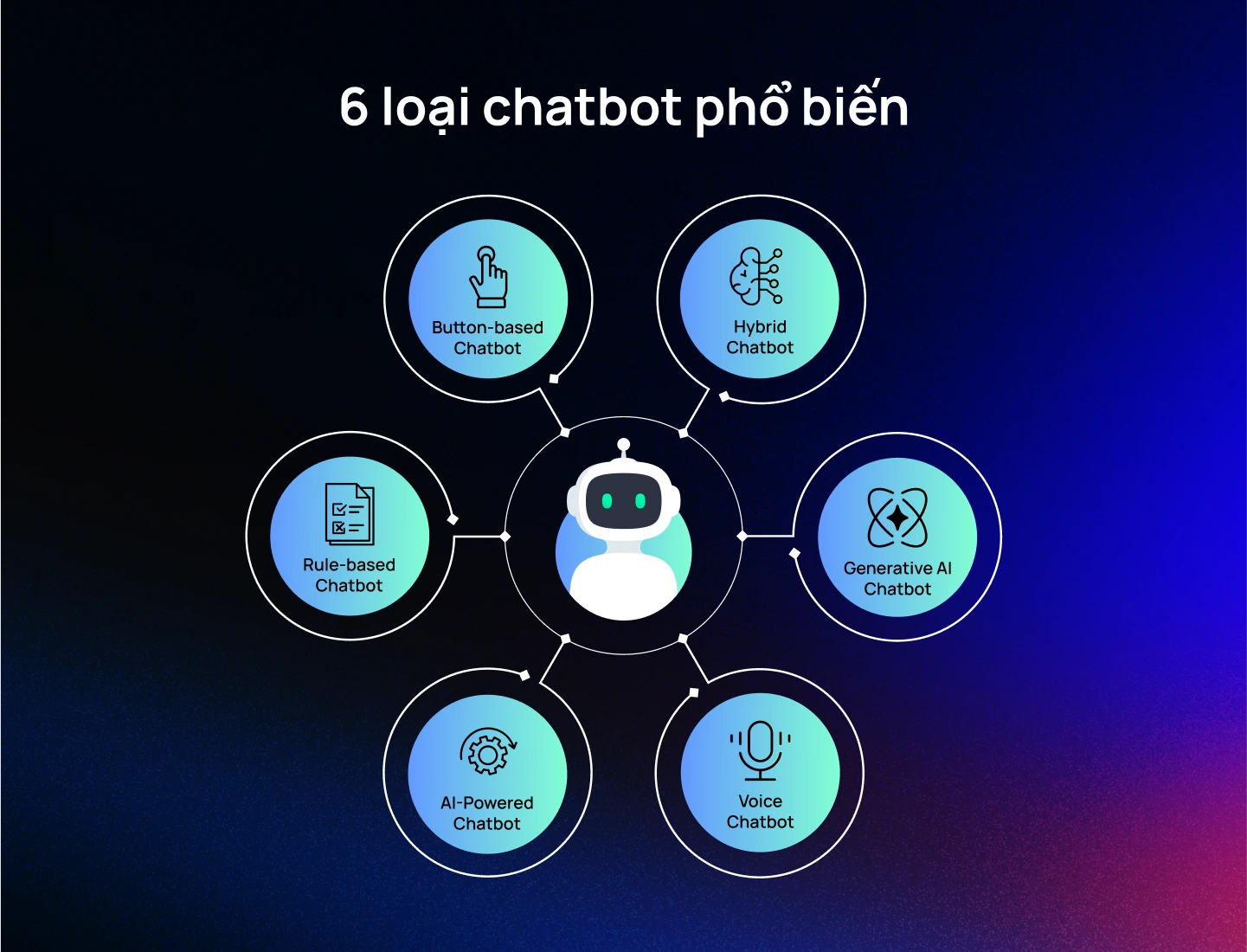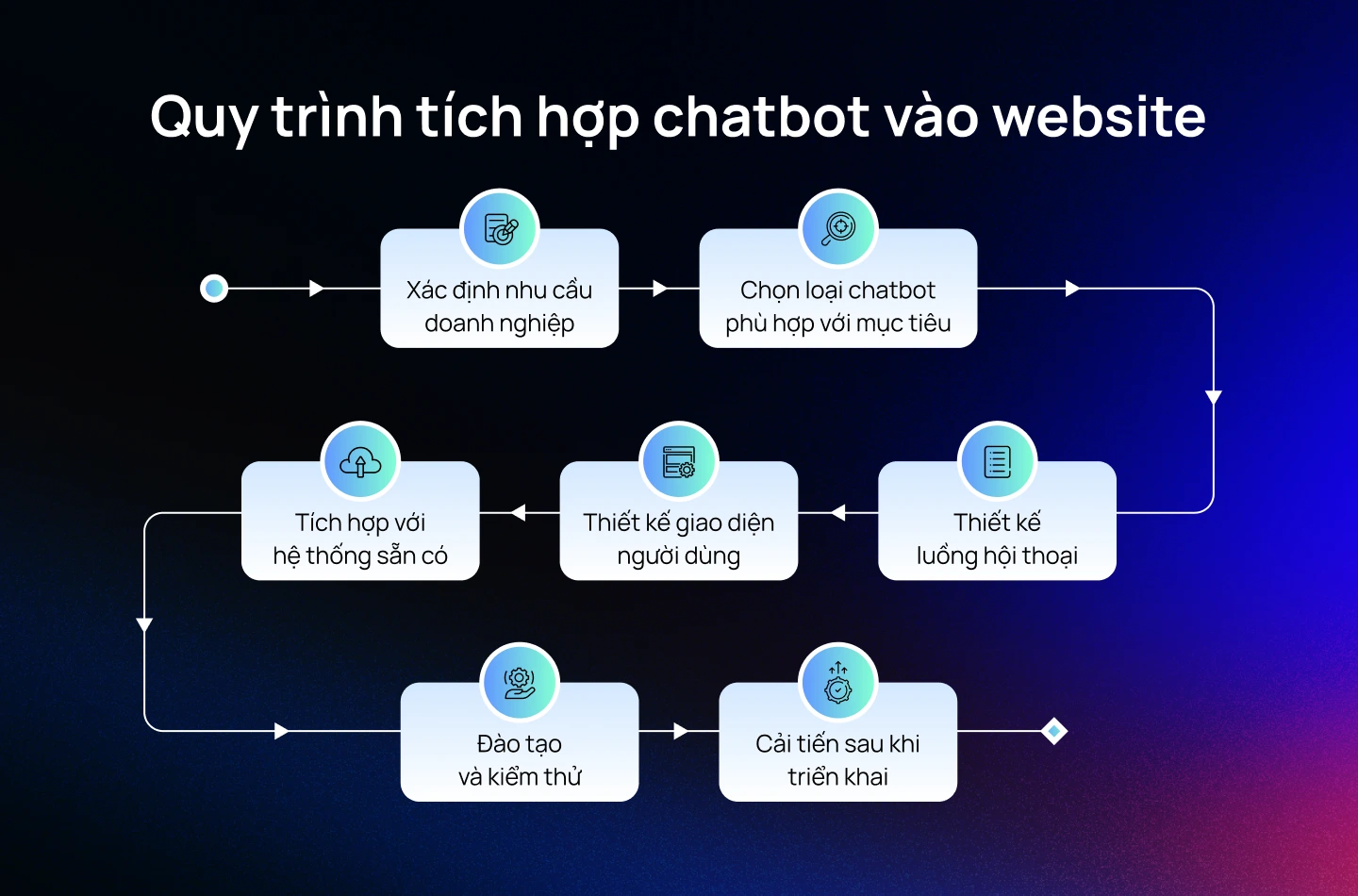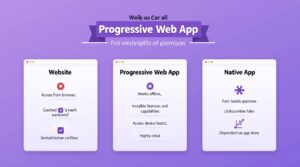click to get service View profile
In today’s digital era, users expect quick responses and smooth interactions around the clock. That’s why many businesses are choosing to integrate chatbot solutions into their websites. These AI-powered tools help create smart, responsive experiences that improve user satisfaction, increase engagement, and support conversions. Whether you manage an eCommerce site, a SaaS platform, or even a personal blog, it’s easier than ever to integrate chatbot features that streamline communication and add interactivity. In this guide, you’ll learn how to integrate chatbot functionality into any website platform—without needing advanced coding skills.
Benefits of Integrating a Chatbot into Your Business Website
In an increasingly competitive landscape, an AI chatbot is a powerful tool that not only optimizes customer service processes but also boosts business performance. Below are some clear benefits of integrating chatbot software into a business website:
1. Enhances Customer Experience
AI chatbots improve user experience with fast, accurate, and personalized responses. Thanks to advanced technologies like NLP and Machine Learning, chatbots can understand customer behavior and needs, delivering seamless interactions that increase connection and brand loyalty.
2. Improves Customer Support
Operating 24/7, AI chatbots provide timely support without requiring customers to wait. This not only optimizes interactions but also enhances service quality, ensuring customers receive assistance whenever needed—without relying on human availability.
3. Reduces Operational Costs
By automating repetitive tasks, chatbots reduce the workload on staff and help save costs. Businesses can streamline operations, conserve resources, and allow employees to focus on higher-value tasks instead of repetitive queries.
4. Increases Customer Satisfaction and Loyalty
Chatbots enable personalized experiences that meet each customer’s specific needs. By answering questions and offering tailored suggestions, customers feel understood and well cared for—leading to stronger loyalty and repeat visits.
5. Creates Effective Conversion Opportunities
AI chatbots don’t just support customers—they also drive sales. By proactively engaging visitors when they land on your site, chatbots can recommend suitable products or services, prompting actions like purchases or sign-ups, thus improving conversion rates and optimizing the sales funnel.
6 Popular Types of Chatbots Today
There are many types of chatbots on the market today. Each type comes with unique features and use cases, depending on a business’s goals and requirements.

Here are 6 Common Types of Chatbots Used in Modern Business Environments:
1. Button-based Chatbot
A button-based chatbot (also known as a menu-based chatbot) is the simplest type of chatbot, where users interact by selecting from predefined buttons or options. The chatbot displays a list such as “Ask about order,” “View promotions,” or “Contact support.” Users simply click a button, and the chatbot guides them through the next steps based on that selection.
The main advantage of this type is ease of implementation, quick interactions, and suitability for repetitive tasks. However, it lacks flexibility and cannot handle open-ended questions effectively.
2. Rule-based Chatbot
A rule-based chatbot operates on “if-then” logic — each response is pre-programmed based on keywords or predefined conversation flows. When a user asks a question, the chatbot matches it against a set of rules and provides a corresponding response.
This type of chatbot offers more flexibility than button-based ones because it can branch conversations based on user input. However, if the question falls outside of its rule set, the chatbot may struggle to provide accurate answers, limiting the overall user experience.
3. AI-powered Chatbot
An AI-powered chatbot leverages artificial intelligence (AI) and natural language understanding (NLU) to interpret and respond to user queries in a more dynamic way. Unlike traditional rule-based systems with pre-set scripts, these chatbots can grasp the context of a conversation, enabling more accurate and human-like responses. When you integrate chatbot technology into your website, it allows for smarter, real-time interactions with users. Businesses that integrate chatbot solutions benefit from improved customer service and better handling of complex inquiries. Whether you’re looking to automate support or enhance engagement, it’s a smart move to integrate chatbot capabilities into your digital strategy.
Additionally, with machine learning (ML) algorithms, these chatbots can learn from past conversations and improve their responses over time, better meeting users’ needs.
4. Voice Chatbot
A voice chatbot enables users to interact using voice commands instead of typing. This type uses speech recognition combined with natural language processing (NLP) to understand and respond to spoken questions or requests.
This provides a more convenient user experience, especially in situations where users can’t type — such as while driving, multitasking, or performing quick tasks without pausing to enter text.
5. Generative AI Chatbot
A Generative AI chatbot is an advanced type that uses large language models (LLMs) and deep learning to generate new content like text, images, or audio based on user input. Unlike standard AI-powered chatbots that rely only on learned data, generative AI chatbots can create completely new responses or content using their trained language models.
When you integrate chatbot technology into your website, you’re not just adding a support tool—you’re enabling advanced capabilities like recognition, summarization, translation, prediction, and auto-generation of content. These AI-driven features allow the chatbot to engage in smooth, dynamic conversations without relying on human input. By choosing to integrate chatbot functionality, businesses can offer more interactive and creative user experiences. This makes it possible to integrate chatbot systems that go far beyond simple scripted replies and truly enhance communication.
6. Chatbot Hybrid
A hybrid chatbot combines rule-based programming with machine learning capabilities, delivering a balanced and effective user experience for handling a wide range of requests with varying complexity.
While rule-based parts ensure structured and accurate responses for simple tasks, the AI component helps the chatbot learn and adapt to more complex demands. This hybrid approach provides both reliability for repetitive functions and flexibility for more advanced interactions.
End-to-End Chatbot Integration Process for Websites

1. Define Needs and Goals
This foundational step shapes the entire user experience with the chatbot. Without clearly identifying the purpose from the beginning, the chatbot can easily become an unnecessary feature—wasting resources and disrupting the user journey.
To define the right goals, businesses should answer key questions:
- What is the purpose of using the chatbot?Will it support customer service, product consultation, order processing, or data collection for marketing?
- Who are the primary users?Will the chatbot serve new users, potential leads, or existing customers? What devices are they using to access the website? What kind of assistance do they need?
- Touchpoints in the customer journey:At which stage will the chatbot offer support? When a user first visits the site, during the decision-making process, or post-purchase?
2. Choose the Right Type of Chatbot
Each business has different chatbot needs. Integrating an AI chatbot isn’t always necessary—especially if the user needs are basic. Choosing the right model requires careful evaluation of technical capabilities, budget, and expected user experience.
Here’s what to consider:
- Rule-based chatbot:Ideal for small businesses with a limited budget or simple needs like answering FAQs or retrieving information. Easy to deploy and control.
- AI-powered chatbot:Best for companies needing flexible conversations, complex context handling, and deep personalization. However, it demands more data, supervision, and budget.
- Evaluate internal capabilities:Do you have an in-house tech team for development and maintenance? If not, consider outsourcing or using a no-code platform.
- Scalability and integration:Does the chatbot need to connect with CRM, ordering systems, or email marketing tools? Does the chosen platform support this?
- Long-term costs:Don’t just look at initial setup—consider maintenance, data updates, and future upgrades too.
3. Design the Conversation Flow
A chatbot is not just a response tool—it’s a communication assistant. A well-structured conversation flow helps users achieve their goals quickly, improves conversion rates, and reduces friction.
Key elements in designing the flow:
- Action-oriented design:Every message should encourage specific actions—searching information, submitting a request, or completing an order.
- Handle common questions:Frequently asked questions should be pre-programmed to ensure instant responses without human intervention.
- Manage out-of-scope queries:Chatbots should gracefully handle unexpected inputs—ask for clarification or redirect users, rather than abruptly ending conversations.
- Smart handoff mechanism:When the chatbot can’t solve a problem, it should seamlessly transfer the conversation to a live agent without disrupting the flow.
4. Design the User Interface (UI)
Though chatbot interaction is primarily text-based, the interface plays a critical role in user experience. It must be visually appealing and functional.
Important UI considerations:
- Clear and intuitive layout:All buttons, choices, and chat windows should be well-organized for quick interaction without needing guidance.
- Cross-device compatibility:The chatbot must display properly on desktops, tablets, and phones—providing a seamless experience across screen sizes.
- Smooth and responsive interaction:When a user sends a message or taps a button, show an instant response (typing indicator, animations, or icons).
- Brand consistency:Use the company’s colors, fonts, and icons to ensure the chatbot feels like part of the brand ecosystem.
- Accessibility for all user groups:The interface should be simple enough for users of all ages and technical levels to use easily.
5. Integrate with Existing Systems
To avoid being a standalone tool, the chatbot must integrate deeply with existing systems. A smart chatbot should access internal data and automate processes for accurate responses.
Key integrations include:
- Embed on website via script or widget:Insert the provided JavaScript or iframe into the entire website or specific pages like cart, quotes, or error pages.
- Connect with CRM and user data:Store interaction data, personalize responses, and power post-chat marketing campaigns.
- Support order tracking and payments:Allow users to track orders, update info, or request refunds automatically.
- Link with automation systems:Trigger follow-up emails, create support tickets, or notify staff when issues go beyond chatbot capabilities.
- Ensure data security and compliance:Use encryption, access control, and follow data protection standards like SSL or GDPR.
6. Train and Test the Chatbot
A chatbot isn’t ready for launch without proper training, testing, and adjustments. This step ensures system reliability and quality.
Key actions:
- Build a training dataset:Provide the chatbot with sample dialogues, real user questions, and language variations to ensure accurate and flexible responses.
- Internal testing:Have different departments test it to identify logic errors or awkward interactions.
- Limited beta testing:Let a small group of customers interact with the chatbot and collect real feedback before a full rollout.
- Optimize based on feedback:Refine scripts, replies, and handling methods using actual user insights to improve system performance.
7. Improve After Deployment
Launching a chatbot is not the end—it needs continuous improvement to stay effective as market conditions and user behavior evolve.
Ongoing tasks include:
- Monitor performance metrics:Analyze KPIs like correct response rate, completed conversations, and average response time.
- Review user feedback:Collect and assess feedback to pinpoint pain points in the experience.
- Keep content updated:Refresh policies, new products, or seasonal campaigns.
- Enhance accuracy and learning:Continuously train the chatbot to improve natural language understanding and relevance.
- Perform regular maintenance:System checks and updates ensure long-term stability and security.
Conclusion
To integrate chatbot functionality into your website is to go beyond just adding a modern feature—it’s about building a smarter, more efficient, and user-centric experience throughout the entire customer journey. When you integrate chatbot systems effectively, you open the door to improved support, increased engagement, and even automated sales. Businesses that integrate chatbot solutions strategically can transform their websites into powerful, always-on digital assistants that work around the clock. Ultimately, to integrate chatbot features is to invest in a more responsive and scalable way to connect with your audience.
To successfully integrate chatbot technology, it’s essential to start by clearly defining your goals, selecting the right chatbot type, and designing conversation flows that align with user needs. When you integrate chatbot features into your existing systems seamlessly, you create a strong foundation for smarter automation and smoother interactions. But don’t stop at launch—once you integrate chatbot functionality, ongoing testing, training, and optimization are crucial to maximizing its value over time. Integrate chatbot solutions with a growth mindset, and you’ll see long-term success.
With the right strategy and execution, your chatbot won’t just answer questions—it will build trust, drive conversions, and support your growth in today’s digital-first world.

